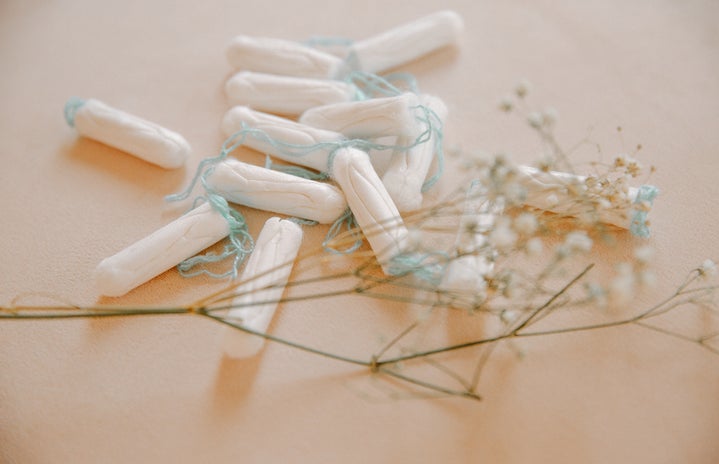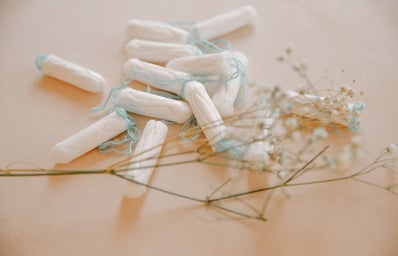“The World Bank estimates that 500 million menstruating people globally lack access to adequate facilities for menstrual hygiene management”
What is period poverty?
If you haven’t heard the term “period poverty” before now, you aren’t alone. Despite affecting millions of menstruating people worldwide, it is rarely talked about. Period poverty is when a person lacks the ability to get necessary period products, such as pads and tampons. This is often due to a lack of adequate income, or not having access to a nearby store to purchase these products.
Period poverty can also cause young folks to stay home from school, missing out on their education, out of fear of bleeding through their clothes. This same fear can also cause people to isolate themselves socially, and older folks may need to take time off work. Needing to miss work every month ultimately worsens the situation, as they are missing out on much needed money, preventing them from getting out of poverty.
Who does it affect?
As one would predict, this issue primarily affects those living in poverty, and who already struggle to afford food and shelter. Though, it may be more common than you think. 58.3% of undergraduate students in Flagstaff are living in poverty. An NAU capstone group recently surveyed a sample of 210 students and found that 81% of them had started their period on campus without having access to appropriate products. Period poverty is also a global issue. The World Bank estimates that 500 million menstruating people globally lack access to adequate facilities for menstrual hygiene management.
Not having access to appropriate menstrual hygiene products often affects the physical health, work life, education, and social life of those affected. Many people have had to resort to using toilet paper, rags, or clothes, as a substitute to pads. Some people only have access to a limited supply, which could lead to them using what products they do have for a much longer time than recommended. This can result in bacterial infections, discomfort, and an increased risk of toxic shock syndrome [more info].
How can we combat it?
The first step is raising awareness and destigmatizing conversations around menstruation. Normalizing discussions about periods can help remove the shame that often comes with asking for products in public. Encouraging young people to openly talk about natural body functions can help crush the stigma early on.
Once the conversation takes off, it will become easier and easier to instigate real change, such as removing the pink tax, and encouraging businesses and schools to provide free menstrual products in the bathrooms.
Here at NAU, the Women’s Health Committee (WHC) has made a major step in the right direction. This committee has been able to provide free tampons and pads in multiple women’s and gender-neutral bathrooms across campus. Kinsey Kavanagh, the founder of NAU’s Women’s Health Committee, explains that installing these free menstrual product dispensers was her main goal when founding the WHC. “Menstrual products are a basic necessity no student should have to stress over”. If installing such dispensers isn’t feasible, providing a place for others to “take what you need, leave what you can” could be just as helpful.
The bottom line
Period poverty is a serious issue that effects millions of people worldwide. It is important for us to help fight it by advocating for ourselves and others who may be effected.


